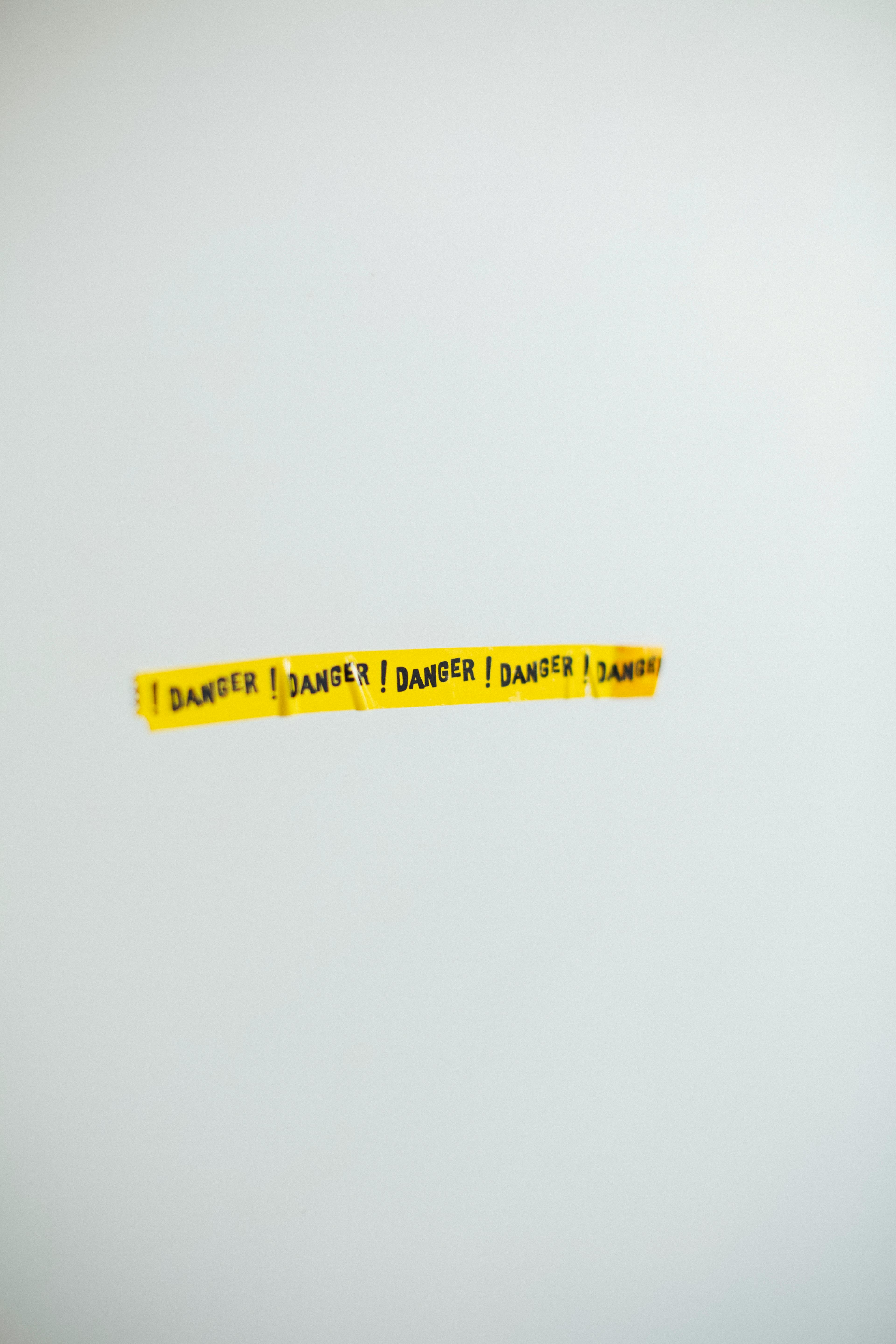
Clinic Risk Assessments
COSHH - UVC and Ozone Disinfection
COSHH RISK ASSESSMENT FORM
Ultraviolet-C and Ozone Sterilisation Device
HAUS OF ÄSTHETIK
Location: 4 Portland Square, Water Street, Bakewell, Derbyshire, DE45 1HA, United Kingdom
Date of Assessment: 1st April 2025 Review Date: 1st April 2026 Assessed By: Managing Director
-
Product Name: 200W Dual-Action UV-C & Ozone Room Steriliser
-
Manufacturer:
-
Supplier:
-
COSHH Safety Data Sheet Available? ☑ Yes ☐ No
-
Wavelengths:
-
UV-C: 254 nm (germicidal wavelength for DNA/RNA disruption)
-
Ozone-generating: 185 nm (ozone production spectrum)
-
-
Technology: Ultraviolet germicidal irradiation (UVGI) and ozone-based air purification
-
Auto Safety Mechanism: Infrared motion detector auto shut-off if human presence is detected during operation
-
Location of Use: Clinical treatment rooms, waiting area, reception, and toilet facilities.
-
How is it used?
-
Operated nightly or in response to known or suspected contamination risk.
-
Used to sterilise enclosed, unoccupied rooms via UV-C and ozone.
-
-
Who is Exposed?
-
Practitioners, cleaning staff, and patients if not properly controlled.
-
-
Frequency of Use: Daily (60-minute cycle at close of business) or as needed.
-
Hazard Classification:
-
☑ Irritant (ozone inhalation)
-
☑ Mutagenic (UV-C exposure)
-
☑ Harmful if inhaled (ozone in high concentrations)
-
-
Potential Hazards:
-
Eye or skin injury from direct UV-C exposure
-
Respiratory irritation from ozone accumulation
-
Material degradation (rubber, silicone, plastics) from ozone
-
Electrical fault/fire hazard if misused
-
-
Symptoms of Exposure:
-
UV-C: Erythema (skin redness), photokeratitis ("welder's flash"), skin burns
-
Ozone: Coughing, throat irritation, dizziness, metallic or chlorine-like smell
-
A. Storage & Handling
-
☑ Keep device unplugged when not in use
-
☑ Store in a clean, dry, low-dust environment
-
☑ Do not tamper with auto shut-off sensors
B. Use Protocol
-
☑ Device must only be operated in unoccupied rooms
-
☑ Duration per treatment: 60 minutes for room size 5m x 4m
-
☑ Use during close of business or after known contamination event
-
☑ Room must be vented post-treatment:
-
5–10 minutes (low wind)
-
30 minutes (good ventilation or sunny weather)
-
-
☑ If ozone smell remains (metallic/bleach-like), vent for another 10–20 minutes
-
☑ Avoid use near rubber or exposed silicone devices
C. Personal Protective Equipment (PPE)
-
☑ No PPE required during correct usage (device must be operated in unoccupied rooms only)
-
☑ If venting manually: wear nitrile gloves and a Type IIR mask if residual ozone scent is strong
-
UV-C Overexposure:
-
Leave area immediately
-
Flush exposed skin or eyes with cold water
-
Seek medical attention if symptoms persist
-
-
Ozone Inhalation:
-
Move to fresh air
-
Monitor breathing and seek medical advice if irritation or symptoms persist
-
-
☑ Weekly visual inspection of lamp and sensor functionality
-
☑ Annual servicing by the manufacturer or approved technician
-
☑ Log every use of the device:
-
Date/time
-
Duration
-
Operator name
-
Post-treatment ventilation completed
-
-
☑ Malfunctions must be reported and logged
-
Overall Risk Level (After Controls Applied): ☑ Low
-
Are current controls sufficient? ☑ Yes ☐ No
-
Additional Control Measures Required? ☐ Yes ☑ No
-
☑ All staff must be trained in:
-
Proper operation of the UV/Ozone steriliser
-
COSHH awareness regarding ozone
-
Emergency response procedures
-
-
☑ Annual refresher training required
Assessor Name: Owen Dickinson
Role: Managing Director
Signature: ___________________
Date: 1st April 2025
